Perhaps I may have a garden one day
melissa_thefarm
10 years ago
Featured Answer
Sort by:Oldest
Comments (15)
cath41
10 years agolast modified: 9 years agoingrid_vc so. CA zone 9
10 years agolast modified: 9 years agoRelated Discussions
I have 2 days to decide-master gardener????
Comments (17)"I don't always enjoy the other MG's because they are rich and lazy." I almost hate saying this...but in my area this can be an issue with some volunteer groups. The "rose caretaker" MG'rs around here have an especially horrid reputation. They're "in charge" of a few gardens and maintenance around here and they are both very set in their ways and very cliquish. In the 5+ years I had to work around them I only saw 1 "new person" invade the clique and it was quite obvious many of the existing people knew this person. When I was working (not volunteering, working) for a university I got absolutely dressed down by a few of these people because I was using a bench opposite of them to pot up plants for a nearby research greenhouse. Not only was I there before them...and not using the bench they had reserved for them...which they brought FOOD and DRINK into (which is very much against the rules of the area)...they were upset some guy was in the same area they were in. They assumed I was a student volunteer or a student working on a project as far as I could tell. Either way their manner was extremely unwarranted even if I was "just as student" rather than a researcher. When I explained I was a university employee doing research all of the dressing down stopped and they wanted me to give them a tour of the research greenhouse. Not only was this not going to happen (because we have to keep it immaculate clean from possible carried contamination), it was not what they wanted to hear and they went back to dressing me down afterwards loudly complaining about having to share space and how this "never happens." Keep in mind we're talking about 30ft. of bench space...times 2...on 2 separate sides...and they weren't even using 10ft of their reserved bench (counting the food they brought)...and there were only 3 people there. Btw, I let them keep their food and didn't even bring it up. It just wasn't worth trying to deal with this because it would have turned on me as "trying to pick a fight." Plus, they weren't on my bench. That's just 1 of "too many" stories about this particular group of MG'rs who are a bit too cliquey and rather rudely self-anointed-privileged. Some of them also make some rather inappropriate rose pruning cuts, though they mostly do a good job maintaining their parts of the garden they are assigned to. I kinda feel sorry for others who are genuinely interested in rose caretaking, but don't get a chance to fill some of the volunteer positions horded by this group of people....See MoreMay 3 Conifer Day at Mendocino Coast Botanical Gardens
Comments (2)Thanks for the tip. I've seen the San Francisco and Berkeley Botanical Gardens, alas, I couldn't easily fit a trip to Mendocino in but will get there next time. I've heard that it's really nice. Slightly OT but their cultivar list of rhododendrons showed a few varieties that haven't been in US commerce for many years, like 'Radium'. I wonder if they have similarly rare cultivars of conifers. Not a cultivar, but that Dacrydium is awesome! This post was edited by davidrt28 on Fri, Apr 11, 14 at 3:14...See More2007 GTA Central/East Tailgate Garden Swap May 21st(Victoria Day)
Comments (43)WooHoo! Nicole - so glad to have you getting the ball rolling for the fall swap. Ajax sounds great. Last year CherylnPickering got us swapping in the parking lot of St. Mary Catholic Secondary School in Pickering, and in the past years fall swaps we've been around the Oshawa area, but how about you connect with your easterly GTA newbies and maybe they can come up with a good location and then we can figure out a date. In 2005 we had it on October 1st; last year the date was September 24th - so our options are plenty with respect to an east GTA location and a good date for us all. Feel free to create a new thread on the Fall 2007 GTA East Tailgater where we can iron out the date and location - and I'll start ground layering plants that don't take to root division so I can brings some new things that are already rooted. I can't believe how well the rose of sharon twigs I got last year rooted and now are ready to come out of pots and into gardens - I'll leave them be until the fall in pots to bring them and a good supply of other rooted plants to bring for this fall swap. Cheers! Sydseeds...See MoreWhat was supersized may one day be downsized
Comments (150)"...My goodness, you certainly got a lot out of my brief post. Little bit of a chip on your shoulder there, guy?..." ***************** I'm just not afraid to debate the issue as you obviously are. Because you haven't refuted any of my statements. I have no chip on my shoulder. But I just get reeeeaaaallll tired of the people that say the sky is falling. Yes, the earth IS getting warmer and it always will. And then it will cool. As it always has. The ocean WILL rise, as it has in the past, and WILL fall as it has done in the past. So what? Do you REALLY think we can stop it???? I do care about the environment. After all I live in the Peoples Republic of Vermont! (Texas isn't the only independent republic to join the Union!) We elected a Socialist to the US Senate for god's sake! Yes, Bernie IS an avowed Socialist. And proud of it. He hangs a picture of Eugene Debbs in his office. But he's still an idiot. I drive a vehicle that's rated ULEV ("ultra low emissions vehicle") I use wood as the primary heat for my home. (fewer hydrocarbons and a constantly renewable resource) I recycle. Possibly more than you. So I AM aware of the world around me. I'm just not afraid of it. We live by a saying up here. Use it up. Wear it out. Make it do, Or do without. My computer is 8 years old. Because I don't need to waste money on a new one. I live in a small home. Because I like it. I like having land around it. And trees to burn. So if you'll excuse me I'm going to climb into my Ford Expedition (ULEV!) and go to the general store for a newspaper......See MoreUser
10 years agolast modified: 9 years agocatsrose
10 years agolast modified: 9 years agomelissa_thefarm
10 years agolast modified: 9 years agocath41
10 years agolast modified: 9 years agotitian1 10b Sydney
10 years agolast modified: 9 years agoUser
10 years agolast modified: 9 years agotitian1 10b Sydney
10 years agolast modified: 9 years agosherryocala
10 years agolast modified: 9 years agolavender_lass
10 years agolast modified: 9 years agoharborrose_pnw
10 years agolast modified: 9 years agojeannie2009
10 years agolast modified: 9 years agokittymoonbeam
10 years agolast modified: 9 years ago
Related Stories

FUN HOUZZUpload of the Day: Last One Down the Indoor Slide Is a Rotten Egg!
Carpet cushions the ride for safety, but this slide in an Edmonton home still makes hearts race
Full Story
LAUNDRY ROOMSRoom of the Day: The Laundry Room No One Wants to Leave
The Hardworking Home: Ocean views, vaulted ceilings and extensive counter and storage space make this hub a joy to work in
Full Story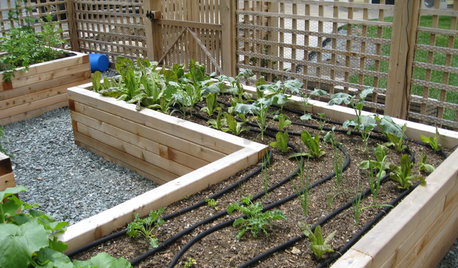
SPRING GARDENINGEnjoy the Peak of Spring Gardening — Here’s What to Do in May
Bid the frost farewell and treasure the blooms. No matter what U.S. region you’re in, one of these guides will help your garden flourish
Full Story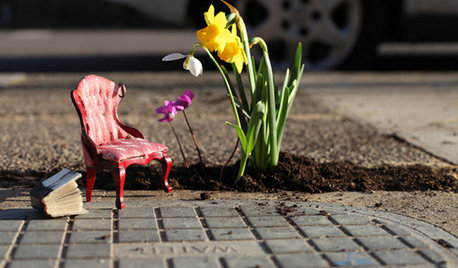
EVENTSDesign Calendar: May 10–May 31, 2012
London's calling with a garden party, New Yorkers can marvel at the Kips Bay show house and Californians get an inventive treat
Full Story
GARDENING GUIDESCommon Myths That May Be Hurting Your Garden
Discover the truth about fertilizer, soil, staking and more to keep your plants healthy and happy
Full Story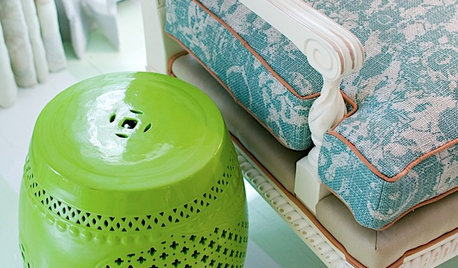
DECORATING GUIDESThe Most Helpful Furniture Piece You May Ever Own
Use it as a table, a seat, a display space, a footrest ... and indoors or out. Meet the ever-versatile Chinese garden stool
Full Story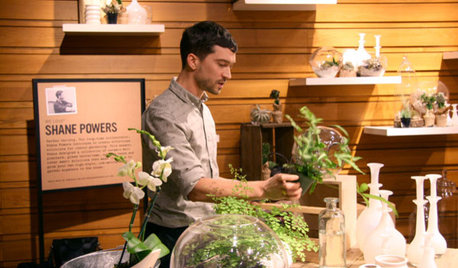
URBAN GARDENSOne Fern Day
Think terrariums are tiresome? Unusual containers and unexpected greens yield surprising offshoots
Full Story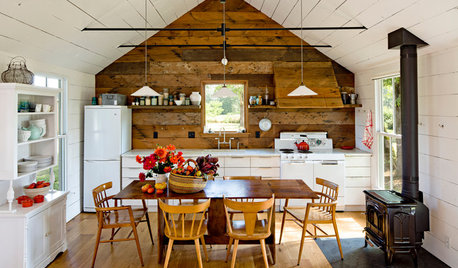
KITCHEN DESIGNA Single-Wall Kitchen May Be the Single Best Choice
Are your kitchen walls just getting in the way? See how these one-wall kitchens boost efficiency, share light and look amazing
Full Story
MOST POPULARIt’s Star Wars Day. May the Fourth Be With You
Fans of the sci-fi series are making special effects of their own all over the house. Have a look and share your own ideas for celebrating
Full Story
HOUSEPLANTSIndoor Winter Gardens for Cheerier Days
Bring plants inside for drab-days mood boosting — not to mention cleaner indoor air and protection for your greenery
Full Story





melissa_thefarmOriginal Author